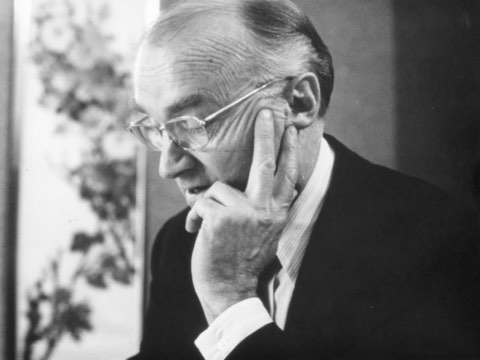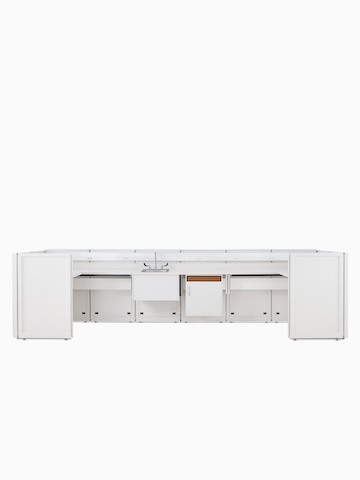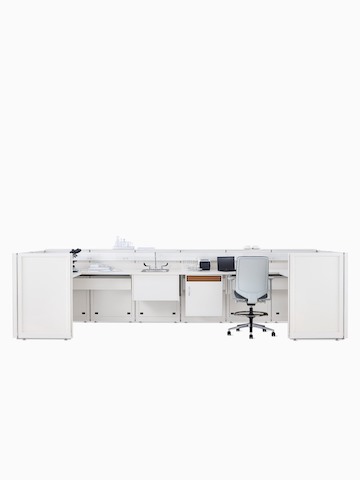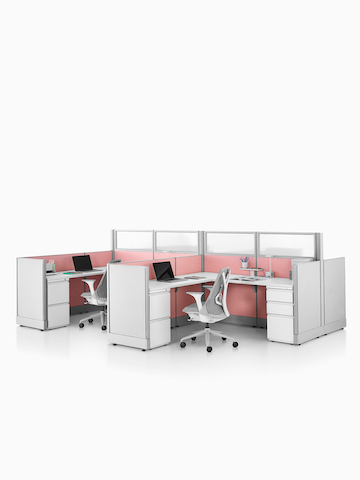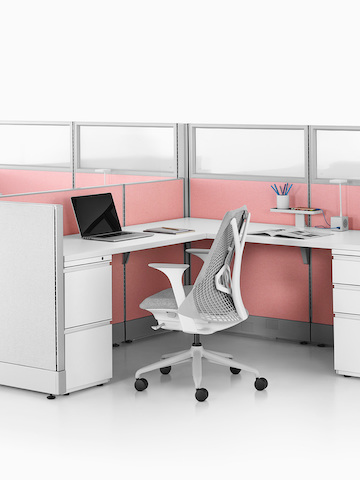Products by Robert Propst
While his inventions may seem unrelated, they all spring from the same source: his relentless need to investigate how the world operates and then find fresh answers. Propst wasn’t interested in creating individual “things” that have no impact on complex situations. Instead, he researched big issues and focused on developing new, large-scale systems that improve and simplify people’s lives.
A native of Colorado, Propst began his career in the late 1940s as a graphic artist, teacher, and sculptor. In 1953, he formed the Propst Co., a Denver-based firm specializing in speculative product development. In other words, Propst drew on his independent nature and impatience with the status quo to attack problems, whether anyone asked him to or not. He called on Herman Miller with one of those speculative developments—a unique fishbone connection system for furniture components. Propst then signed on as a Herman Miller consultant and began conducting unprecedented studies of people in work situations as a basis for extending the company’s line of products.
In 1960, Propst became president of Herman Miller Research Corp., where he continued investigating how the world of work operates, concluding that “today’s office is a wasteland. It saps vitality, blocks talent, frustrates accomplishment. It is the daily scene of unfulfilled intentions and failed effort.”
Propst’s answer to this unhappy situation was introduced by Herman Miller in 1968. The Action Office system was the world’s first open-plan office system of reconfigurable components and a bold departure from the era’s fixed assumptions of what office furniture should be. With the Action Office system, Propst assailed traditional, complacent office design with a concept that fit the way people really work. Wildly successful, the Action Office system transformed the workplace, as well as Herman Miller and the entire furniture industry, which scrambled to copy it.
In the early 1960s, Propst also initiated research into the troubled state of patient care delivery in hospitals. As usual, he came up with a revolutionary solution, introduced in 1971 by Herman Miller. The Co/Struc system streamlined hospital services with mobile and modular containers, carts, frames, and rails.
With over 120 patents under his belt, Propst continued his relentless investigations until his death in 2000.
